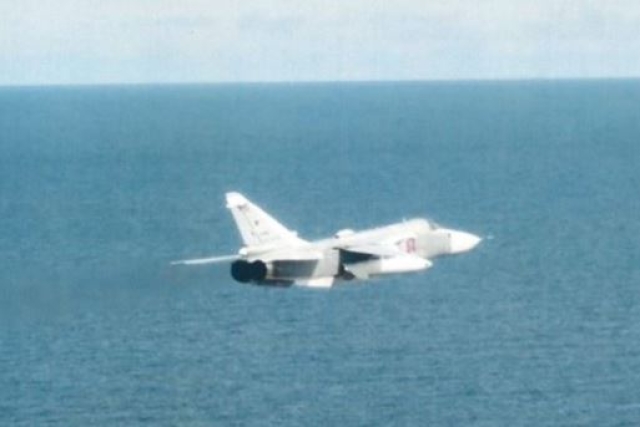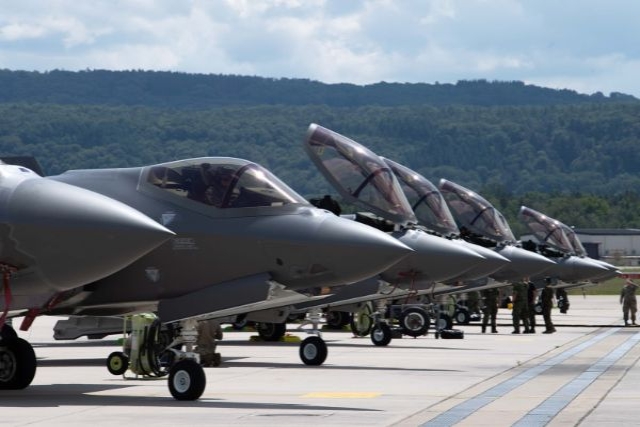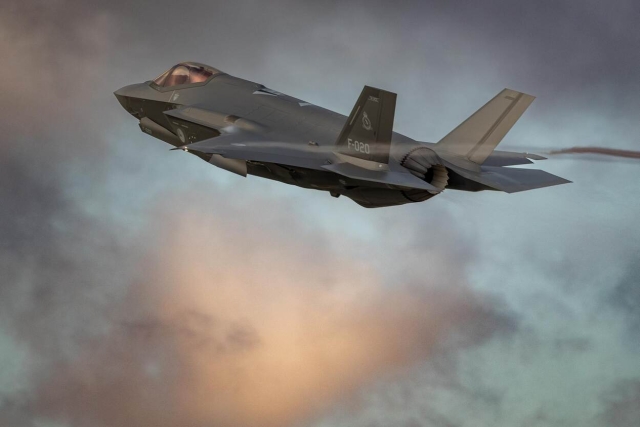NATO Doubles Battle Group Deployment in Eastern Europe Following Ukraine Invasion
Alliance Readiness Enhanced with 300,000 Troops at Higher Levels of Readines

In response to escalating threats following Russia's invasion of Ukraine, NATO has doubled its presence in Eastern Europe, deploying eight battle groups to bolster regional defense.
Army Gen. Christopher Cavoli, speaking at a NATO summit in Washington, underscored the alliance's commitment to deterrence and defense. "Our mission is clear: to defend every inch of alliance territory," Cavoli stated.
Regarding battle groups, Cavoli said when Russia stormed into Ukraine there were four NATO battle groups in Eastern Europe. There are now eight, and they're just the leading edge of NATO's defense. If needed, more troops, more air, and many other military capabilities would fall in on those forces.
"It's a very effective method, [and] we have the right number of troops for right now."
The increase in battle groups represents just one facet of NATO's broader strategy to enhance deterrence across the Euro-Atlantic area. Following Russia's aggression in Ukraine last year, NATO has developed robust operational plans designed to safeguard specific alliance territories.
Related article: NATO’s Intensified Exercises a Prep to Attack Russia?
"In the last couple of years, what we've done is turn those into concrete plans — traditional, classical, operational plans — that describe how we're going to defend specific areas of the alliance and what we're going to use to do it and what the sequence of events is," the general said. "This is a big, big shift."
These plans, according to Cavoli, mark a pivotal shift from NATO's historical focus on out-of-area operations to a renewed emphasis on collective defense.
The 32-member alliance didn't need these types of plans following the implosion of the Soviet Union in 1991. "After the end of the Cold War, the alliance refocused on out-of-area operations and crisis management," he said. "These tended to be smaller scale operations, done on a predictable basis that allowed for a cyclical, force-generation model."
"We've seen a sea change in NATO's approach," Cavoli noted, highlighting the integration of national defense plans into NATO's overarching strategy. This integration has enabled NATO to maintain a forward posture with 300,000 service members at heightened readiness levels, instead of resourcing a brigade or two on a cyclical basis.
Recent large-scale exercises, including NATO's Exercise Steadfast Defender involving over 90,000 personnel, have been instrumental in testing and reinforcing alliance readiness. Cavoli acknowledged ongoing efforts to address logistical gaps and enhance enablement capabilities through NATO's defense planning process.
Looking ahead, NATO remains steadfast in its commitment to adapt and strengthen defenses in response to evolving threats.













